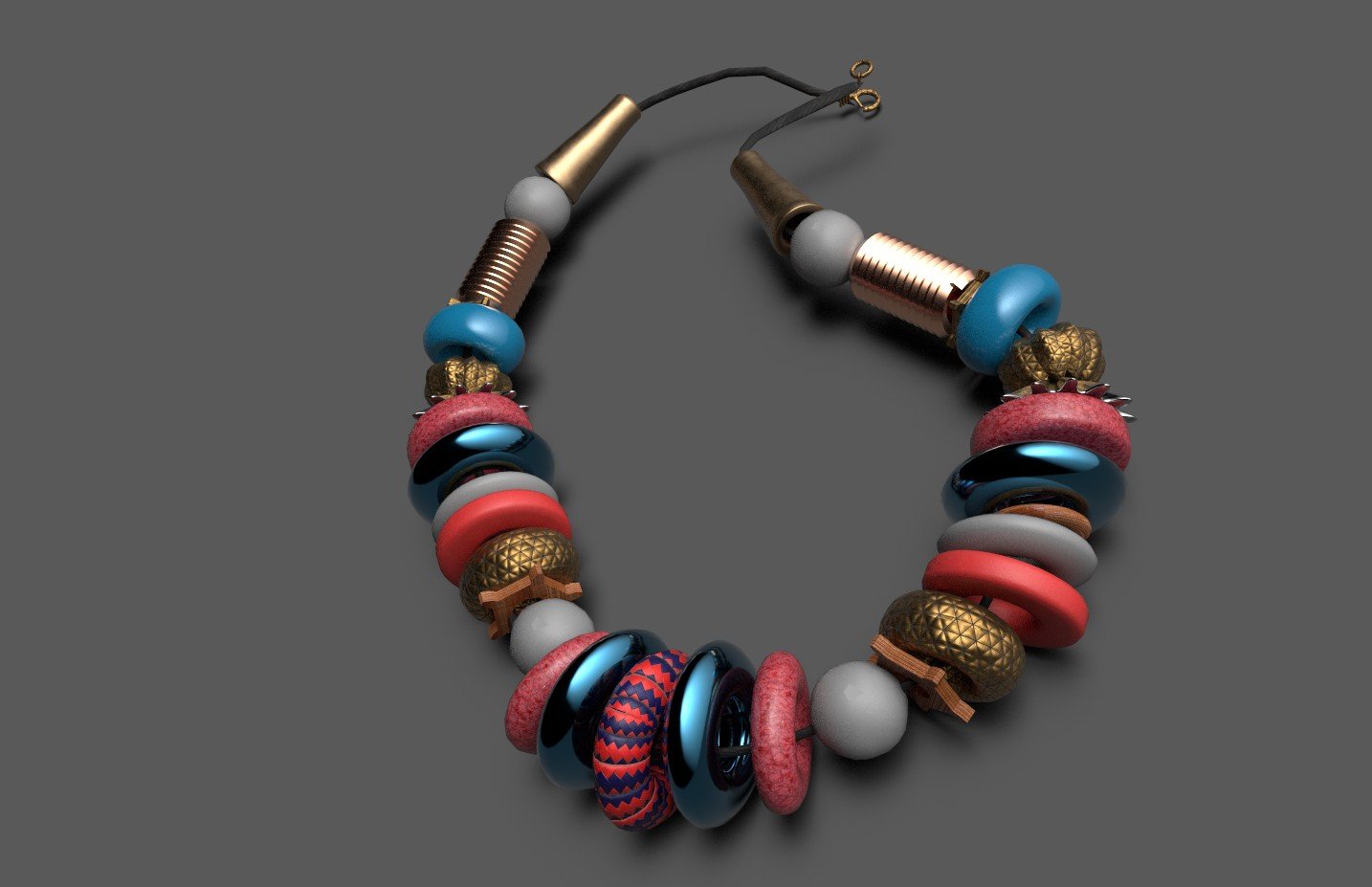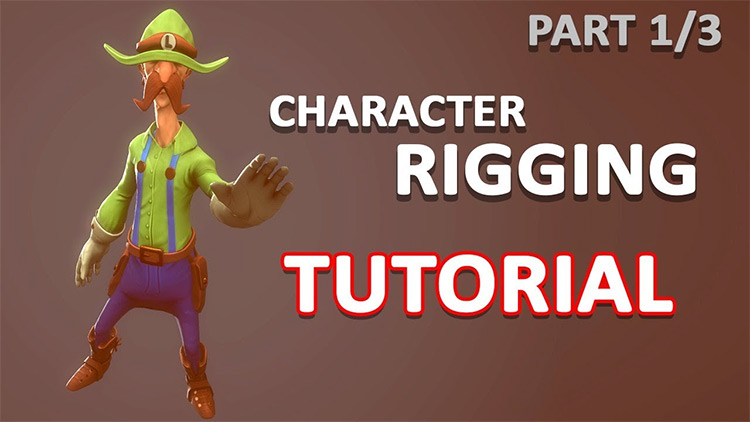

This will finally bring us to a nice bony landmark, the styloid process of the ulna, which sits on the pinky side of the wrist. Luckily, we don't need to highlight each one but we do want to mimic the twisting flow of the flexor and extensor group, which affects the flow of the skin. That will take us to the forearm, where there are muscles aplenty. The ridge of the ulna is also visible so we will want to highlight its presence. This is created by the olecranon of the ulna.

Moving downwards, we want enough geometry present to hold the shape of the bony elbow that lies beneath the skin. The notch is very noticeable when the arm is extended, especially on the very lean.

These heads meet in a common tendon creating a v-shape notch, and we want to indicate this shape in our topology. The triceps, as indicated by its name, are composed of three heads. Twist the wrist when the arm is flexed and in a relaxed pose and you'll notice that it is that movement that creates the primary bulge that we associate with the bicep, not just flexion. On that point, I encourage you to get familiar with how your body articulates. The muscle inserts into the forearm but we will define the region just before then as this is where the majority of the ‘bulging' occurs when the arm is flexed and the wrist is twisted. Anatomically, the biceps, as the name suggests, is a two-headed muscle, but these heads come together to form a common muscle belly, which is how we will depict the muscle. The deltoids are comprised of three heads but we will model them in as one mass. Working our way from the torso down towards the hands, we first come to the deltoids.
#Maya 3d model tutorial skin
However, there are many ways to skin this particular cat, and I urge you to explore and experiment with other packages and processes to see what suits you best. Obviously this tutorial is aimed primarily at new Maya users, familiarizing readers with one way to skin the modeling cat. Check out what they have to offer it's all good stuff. For this tutorial, we will continue to use the reference from the awesome folks at However, please note that as well as looking at the front, side and back views supplied, I have also used all the other images that come with the collection to extract as much info as I could during the modeling process. By modeling-in these core lines created by these muscle groups and bony landmarks, we should be able to get some pretty decent deformation occurring. We will also pay attention to the bony region of the elbow as we did the knee. Back to the arms, where the areas of interest for this tutorial will be the deltoids, the biceps, triceps, and the flexor and extensor muscles of the forearm.
#Maya 3d model tutorial how to
I also find that it is worthwhile to look at other models, especially those built for deformation, to see if you can grab any tips or ideas on how to approach the topology. Once again, we will examine the reference I'm using, but I also encourage you to look at as many external anatomical references as possible to give you a good idea of the muscle groups before hitting the computer. This time we continue our introduction to modeling in Maya by adding the upper extremities. So far we have a torso and the legs in place. Again this is highly recommended if you have the time and patience to see it through to the end.In this tutorial we continue to build our model by adding the arms.
#Maya 3d model tutorial software
It teaches only fundamental concepts and caters to absolute beginners who want to learn the software from scratch. However this video is also newer and uses Maya 2015. The video spans just over 1 hour so it’s definitely a commitment. The YouTube channel AnimationMethods offers this great maya tutorial for beginners. You’ll be surprised how much progress can be made in just a few months’ time. The key is to just get started and never stop learning. Some tutorials cover more intermediate subjects while others stick to the absolute basics. This post will cover the best Maya tutorials for beginners getting started with the program. Learning Maya requires a lot of patience and practice, but it’s definitely worth the effort if you want to do 3D modeling or digital rendering. One of the best 3D modeling programs is Maya by Autodesk. Graphics creation and 3D modeling are becoming incredibly popular, both of which can apply to digital animation like After Effects projects. The field of digital design covers a whole lot more than just interfaces. For more details, please refer to our Disclosure page. Vandelay Design may receive compensation from companies, products, and services covered on our site.


 0 kommentar(er)
0 kommentar(er)
